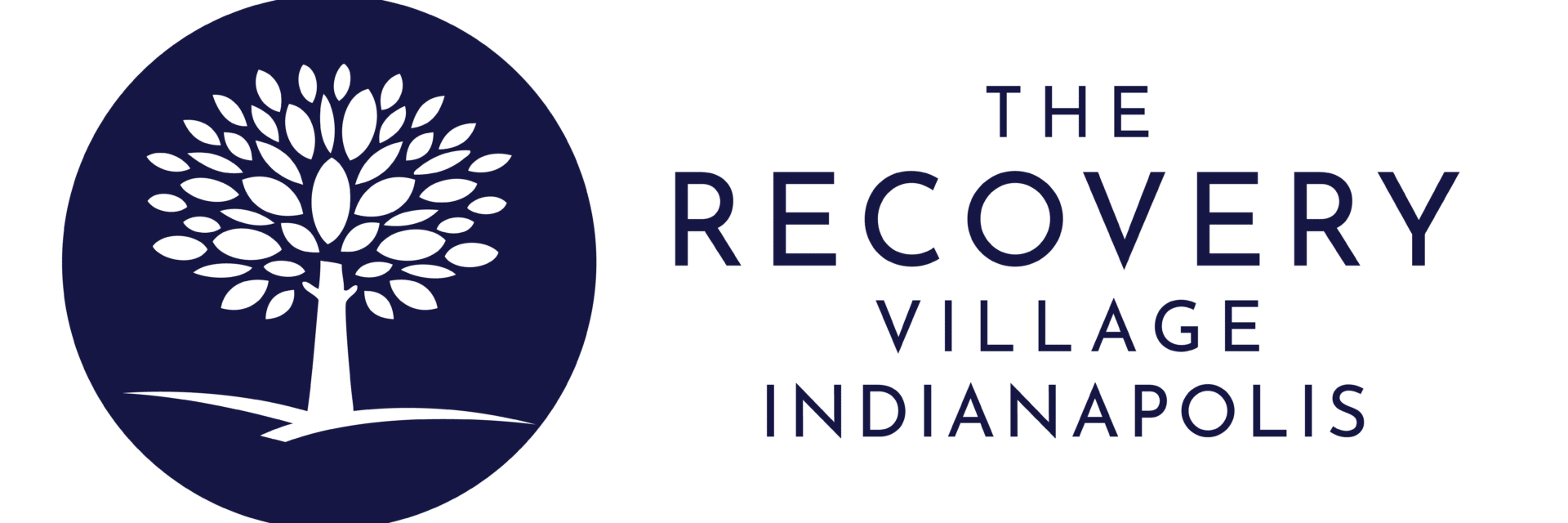Cocaine and crack are both illicit drugs derived from the coca plant, known for their highly addictive properties and potent stimulant effects. While they share a common origin and similar chemical structures, there are significant differences in their forms, methods of use, and the intensity of their effects. Understanding these distinctions is crucial for recognizing the risks associated with each substance and seeking appropriate treatment.
What Are Cocaine and Crack?
Cocaine is a powerful stimulant classified as a Schedule II controlled substance in the United States, indicating its high potential for abuse and limited medical use. It is primarily used as a local anesthetic in medical settings but is predominantly known for its recreational use, which is illegal. Crack cocaine, often simply referred to as “crack,” is a processed form of cocaine that has been converted into a solid, rock-like crystal through a chemical reaction involving water and a base, typically baking soda. This transformation results in a substance that can be smoked, delivering a more immediate and intense high compared to powdered cocaine.
Are Crack and Cocaine Identical?
Although crack and cocaine originate from the same plant and share many effects, they are not identical. Both substances act as stimulants, producing feelings of euphoria, increased energy, and heightened alertness by disrupting the normal reabsorption of dopamine in the brain. This disruption leads to an accumulation of dopamine, enhancing pleasurable sensations. However, the method of ingestion and the resulting intensity and duration of effects differ significantly between the two.
Origins of Cocaine
Cocaine is extracted from the leaves of the coca plant, which predominantly grows in South America. For centuries, indigenous tribes have used coca leaves for their mild stimulant properties, chewing them or brewing them into tea to alleviate fatigue, hunger, and altitude sickness. In its natural form, coca leaves are considered safe and are an integral part of cultural practices. However, in the United States, coca leaves are illegal, and producing cocaine requires a series of chemical processes to extract and purify the substance.
This Season, Give Yourself the Gift of a Fresh Start.
Whether you are struggling with addiction, mental health or both, our expert team is here to guide you every step of the way. Don’t wait— reach out today to take the first step toward taking control of your life.
Interestingly, cocaine once found its way into consumer products like Coca-Cola. When the beverage was first created, cocaine was legal and included in the formula, marketed for its energizing effects. By 1929, as awareness of cocaine’s adverse effects grew, it was removed from the drink’s recipe.
Physical Appearance of Cocaine and Crack
Cocaine typically appears as a fine, white powder with a crystalline texture. It is usually packaged in small plastic bags, making it easy to transport and distribute. The powder form lends itself to various street names such as “snow,” “flake,” “coke,” “blow,” and “soda cot.”
Crack cocaine, on the other hand, is found in a solid, rock-like form. These “rocks” can vary in size and shape but are generally small, hard, and off-white to white in color. Crack is often sold in individual pieces or small baggies and is known by street names like “rock,” “base,” “smack,” “badrock,” and “snow coke.”
Methods of Use
The primary difference between cocaine and crack lies in their methods of consumption:
- Cocaine is typically snorted through the nose or applied to the gums. Some users inject it directly into the bloodstream, which leads to a rapid and intense high. A particularly dangerous practice is “speedballing,” where cocaine is mixed with heroin and injected, significantly increasing the risk of overdose.
- Crack is usually smoked using a pipe, allowing the drug to enter the bloodstream through the lungs almost instantaneously. This method produces a faster and more intense high, but the effects are short-lived, often lasting about 15 minutes.
Effects and Duration
Both cocaine and crack provide stimulating effects, but their onset and duration differ:
- Cocaine taken nasally takes about three to five minutes to produce effects, which can last between 15 to 30 minutes. Injected cocaine produces an immediate and intense high that may last slightly longer.
- Crack provides an almost instantaneous high within seconds of inhalation, but the effects are brief, typically lasting around 15 minutes.
Side Effects and Health Risks
Both substances carry significant health risks, some of which can be life-threatening:
Common Side Effects:
- Elevated heart rate
- Increased blood pressure
- Dilated pupils
- Heightened alertness and euphoria
- Suppressed appetite
- Irritability and paranoia
Severe Health Risks:
- Cardiovascular Issues: Both drugs can cause heart attacks, arrhythmias, and strokes due to their impact on heart rate and blood pressure.
- Neurological Effects: Users may experience seizures, severe headaches, and increased risk of strokes.
- Respiratory Problems: Smoking crack can lead to chronic cough, asthma, and respiratory infections.
- Psychological Effects: Both substances can induce extreme mood swings, anxiety, paranoia, and violent behavior.
Unique Risks:
- Cocaine: Chronic snorting can damage the nasal septum, leading to nosebleeds, loss of smell, and difficulty swallowing.
- Crack: Smoking crack poses additional risks to the respiratory system, including severe lung damage and increased susceptibility to respiratory infections.
Overdose Potential
The risk of overdose is high with both cocaine and crack, potentially leading to fatal outcomes. Overdose can occur after just one use, especially when combined with other substances like alcohol or heroin. Crack users are particularly at risk due to the larger quantities often consumed to sustain the high.
Symptoms of Overdose:
- Difficulty breathing
- Chest pain
- High body temperature
- Severe agitation and hallucinations
- Abnormal heart rhythms
- Seizures and strokes
In the event of an overdose, immediate medical attention is critical. While there is no specific antidote for cocaine overdose, emergency interventions focus on restoring normal heart and respiratory functions and managing seizures.
Cutting Agents and Adulterants
To increase profitability, dealers often dilute cocaine and crack with various substances. While some cutting agents like cornstarch or baking soda are relatively harmless, others like fentanyl, amphetamines, ephedrine, and caffeine can significantly enhance the drug’s potency and danger.
- Fentanyl: A potent synthetic opioid that can be fatal even in small doses.
- Amphetamines and Ephedrine: Stimulants that can exacerbate cardiovascular strain.
- Caffeine: Can increase heart rate and blood pressure, compounding the effects of the primary drug.
The addition of these substances heightens the risk of severe health complications and overdose.
Addiction and Abuse
Both cocaine and crack are highly addictive due to their impact on dopamine levels in the brain, which create intense feelings of pleasure and reward. Repeated use leads to tolerance, where higher doses are needed to achieve the same effect, and dependence, where the body requires the drug to function normally.
Addiction Statistics:
- In 2023, approximately 5.0 million individuals aged 12 and older reported using cocaine.
- Around 1.3 million people had a cocaine use disorder in the same year.
- Among adolescents in 2021, cocaine use was reported by 0.2% of 8th-graders, 0.6% of 10th-graders, and 1.2% of 12th-graders.
Withdrawal Symptoms
Withdrawal from cocaine and crack primarily involves psychological symptoms rather than physical ones. Individuals may experience:
- Severe depression and suicidal ideation
- Fatigue and increased appetite
- Slowed thinking and paranoia
- Insomnia or excessive sleeping
These symptoms typically begin within 24 hours of the last use and can last for several days. While there are no medications to alleviate withdrawal, supportive care and therapy can help manage symptoms and prevent relapse.
Behavioral Signs of Abuse
Recognizing the signs of cocaine and crack abuse is essential for early intervention:
- Significant mood swings and irritability
- Withdrawal from social interactions and activities once enjoyed
- Neglect of personal hygiene and appearance
- Increased absenteeism from work or school
- Engaging in risky behaviors or criminal activities to obtain the drug
- Financial difficulties due to the high cost of the substances
Legal Consequences
Possession, distribution, and trafficking of cocaine and crack carry severe legal penalties, which vary by state and the amount involved. For example, in Indiana, possession and sale of cocaine can result in up to 16 years in prison and a $10,000 fine.
Federal laws have historically imposed harsher penalties on crack compared to cocaine, though recent legislation like the Fair Sentencing Act of 2010 has aimed to reduce this disparity by increasing the threshold amount for crack to be subject to the same mandatory prison sentences as cocaine.
Is Crack More Addictive Than Cocaine?
While both drugs are highly addictive, crack is often considered more addictive due to its rapid onset and intense, short-lived high. This leads users to consume it more frequently to maintain the desired effects, increasing the risk of addiction. The quick delivery of large doses of the drug to the brain intensifies its addictive potential.
In 2006, crack was the primary drug of abuse in 178,475 treatment admissions, accounting for 71% of all primary cocaine treatment admissions that year.
Treatment for Cocaine and Crack Addiction
Overcoming addiction to cocaine and crack requires comprehensive treatment strategies that address both the physical and psychological aspects of dependence. Effective treatment options include:
- Medical Detoxification: Supervised withdrawal to manage acute symptoms and ensure safety.
- Inpatient Rehabilitation: Residential programs providing intensive therapy and support.
- Outpatient Programs: Flexible treatment options allowing individuals to continue daily activities while receiving therapy.
- Behavioral Therapies: Cognitive-behavioral therapy (CBT) and contingency management to modify attitudes and behaviors related to drug use.
- Support Groups: Participation in groups like Cocaine Anonymous (CA) for ongoing support and accountability.
- Medication-Assisted Treatment (MAT): While no specific medications are approved for cocaine addiction, certain medications may help manage symptoms and reduce cravings.
Seeking Help
If you or someone you know is struggling with cocaine or crack addiction, seeking professional help is crucial. The Recovery Village Indianapolis offers comprehensive treatment programs tailored to individual needs, ensuring a supportive environment for recovery. Our team of licensed addiction specialists provides personalized care plans, combining medical supervision with therapeutic interventions to address the root causes of addiction and promote long-term sobriety.
Conclusion
Cocaine and crack are dangerous, highly addictive substances that pose significant health, legal, and social risks. Understanding the differences between them, recognizing the signs of abuse, and seeking appropriate treatment are essential steps toward overcoming addiction. At The Recovery Village Indianapolis, we are dedicated to helping individuals reclaim their lives from substance abuse through compassionate and effective treatment programs.
Addiction and Mental Health Treatment at The Recovery Village Indianapolis Drug and Alcohol Rehab
For those seeking addiction or mental health treatment, The Recovery Village Indianapolis Drug and Alcohol Rehab stands as a beacon of hope. Located within the heart of Indy, we offer an array of treatment options, including medical detox and inpatient rehab for substance use and a residential rehab program for mental health disorders.
When you or a loved one are ready to embark on the path to recovery, our Recovery Advocates are here, ready to assist. Reach out to learn more about our tailored treatment programs, designed to cater to your specific needs and situation.


